FLOATING SOUND GALLERY
Vienna
Diapason
Sound Art Gallery
photo (c) Adams John Luther
A short commentary
by Michael J. Schumacher [founder+director]
There should be a dedicated public listening space in every city of, say, a half million people and up. A space where people can listen, in a way they couldn’t anywhere else, to a kind of work that would be impossible to appreciate in quite the same way in any other situation. I ran one for 15 years in New York, one of only a handful in the world. I called Diapason a gallery for sound art, though it had been founded before the term was generally known in the United States, my original intention being to create a space suitable for presentations of electro-acoustic music. Eventually, at its four locations in Manhattan and Brooklyn, it served the community’s need for a dedicated environment for creating and experiencing sound art, process-based music, extended-duration performances and multi-media work.
A “sound gallery” is different from other settings for listening such as concert halls, churches, art galleries, museums, black box theaters,“alternative” or pop-up spaces, salons, night clubs, recording studios, living rooms or “the world” (i.e. via earphones). Just as these various spaces grow, more or less spontaneously, out of the specific needs of the kinds of music (and other activities) performed or presented within them, as well as the social structures that engender them, so the sound gallery aligns listeners’ social interactions, bodily positions (vis-à-vis the sound producers) and mental focus to coordinate with the structure of the work presented.There is a growing body of work in this genre and having more listening spaces will spur more creativity. Diapason, for example, with very limited resources, commissioned or in some way facilitated the creation of over 100 new pieces.
The experimental sound art and music community is small and not well funded, yet this doesn’t diminish its importance. Diapason served DIYers, academics, famous as well as obscure artists, people from a variety of disciplines including music, visual art, writing, dance, architecture and science. It could be a testing ground for new ideas but also a first rate presenter of polished, finished work. As fantastic as places like ZKM, EMPAC and IRCAM are, there is also a need for low-budget professionally-run spaces like Diapason to help grow this community.
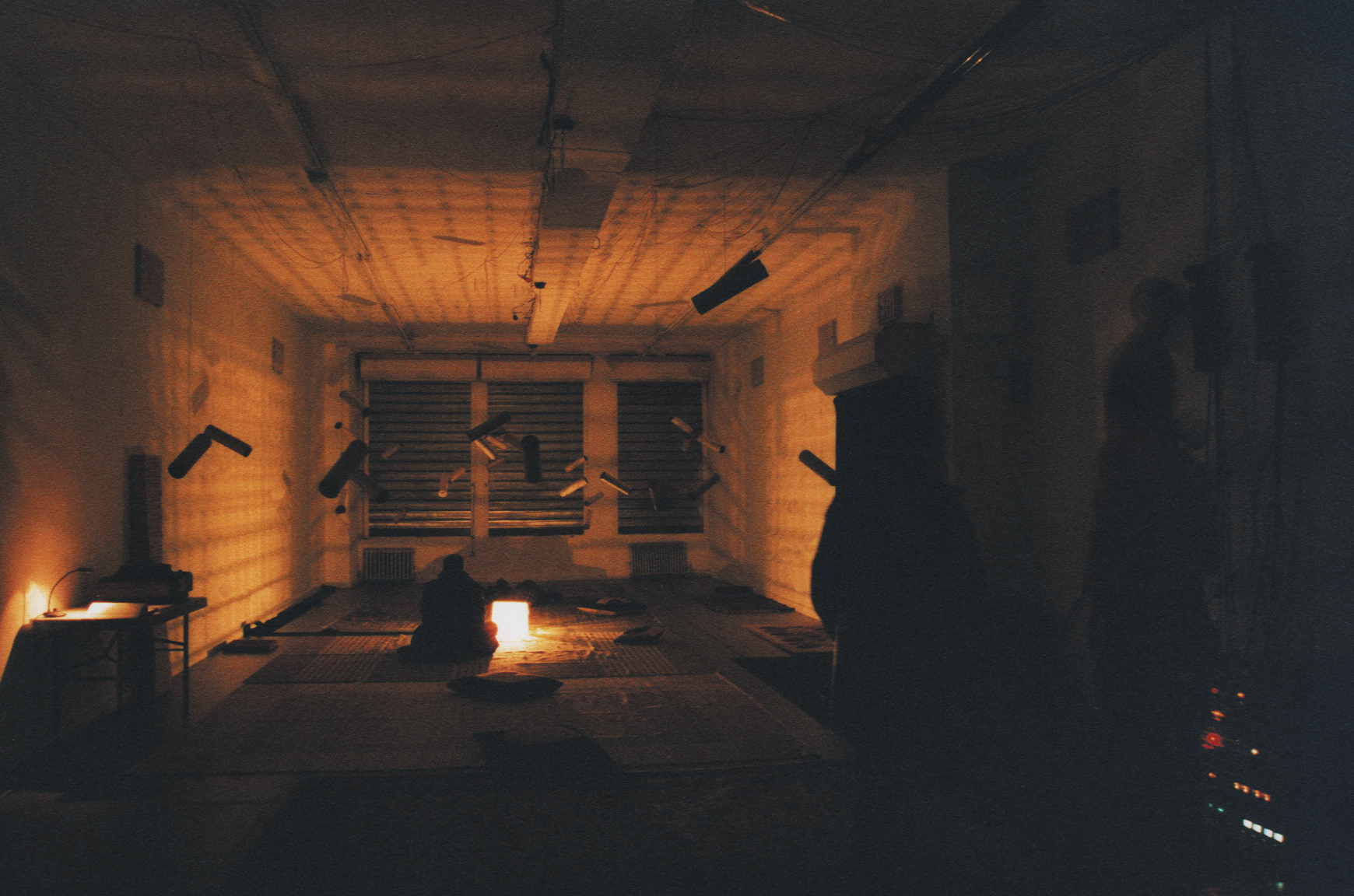
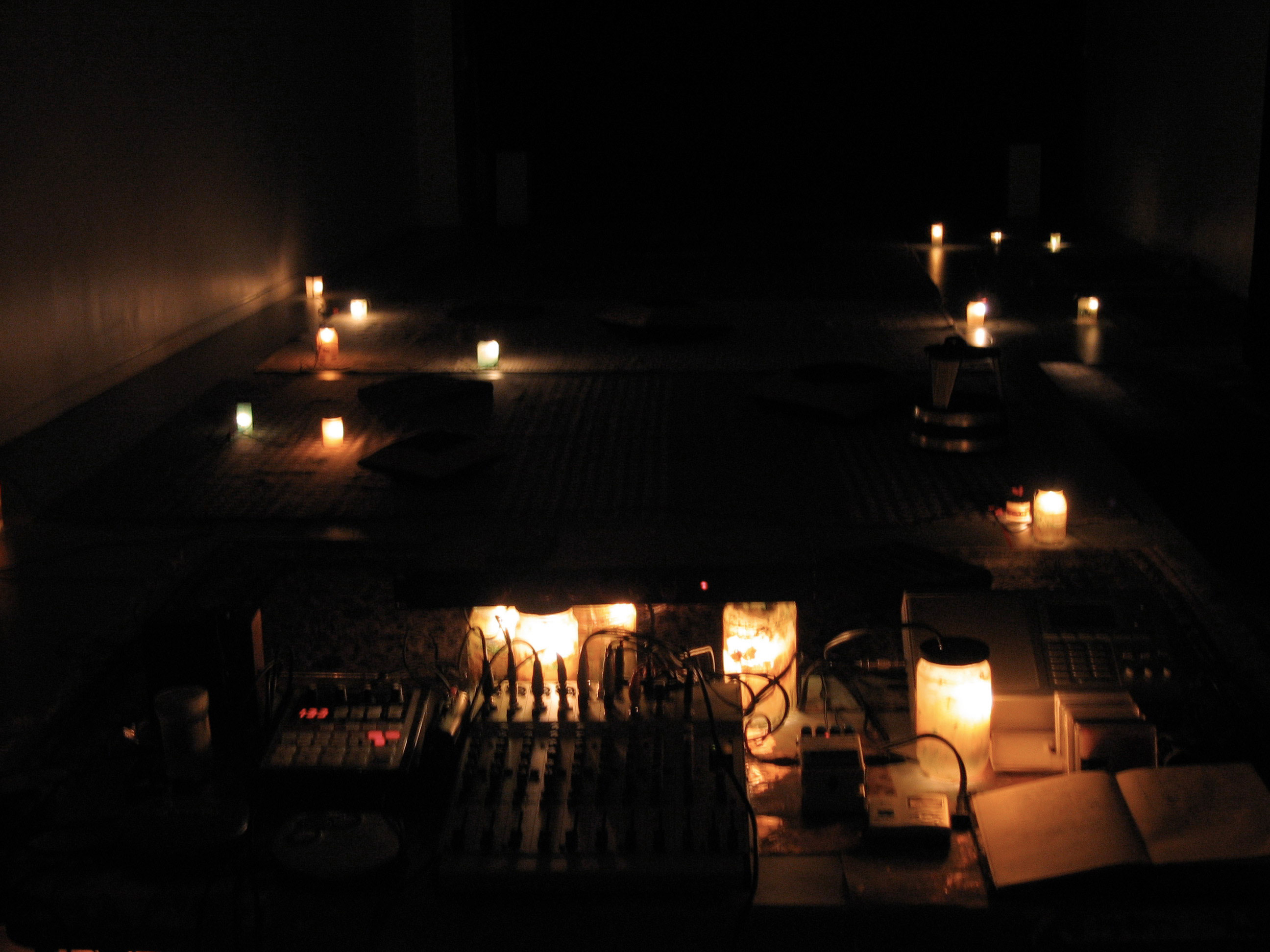
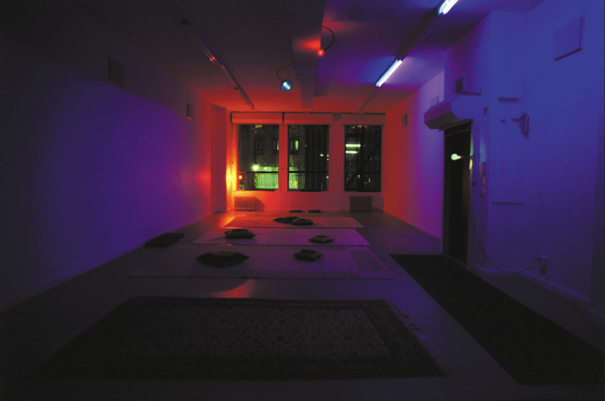
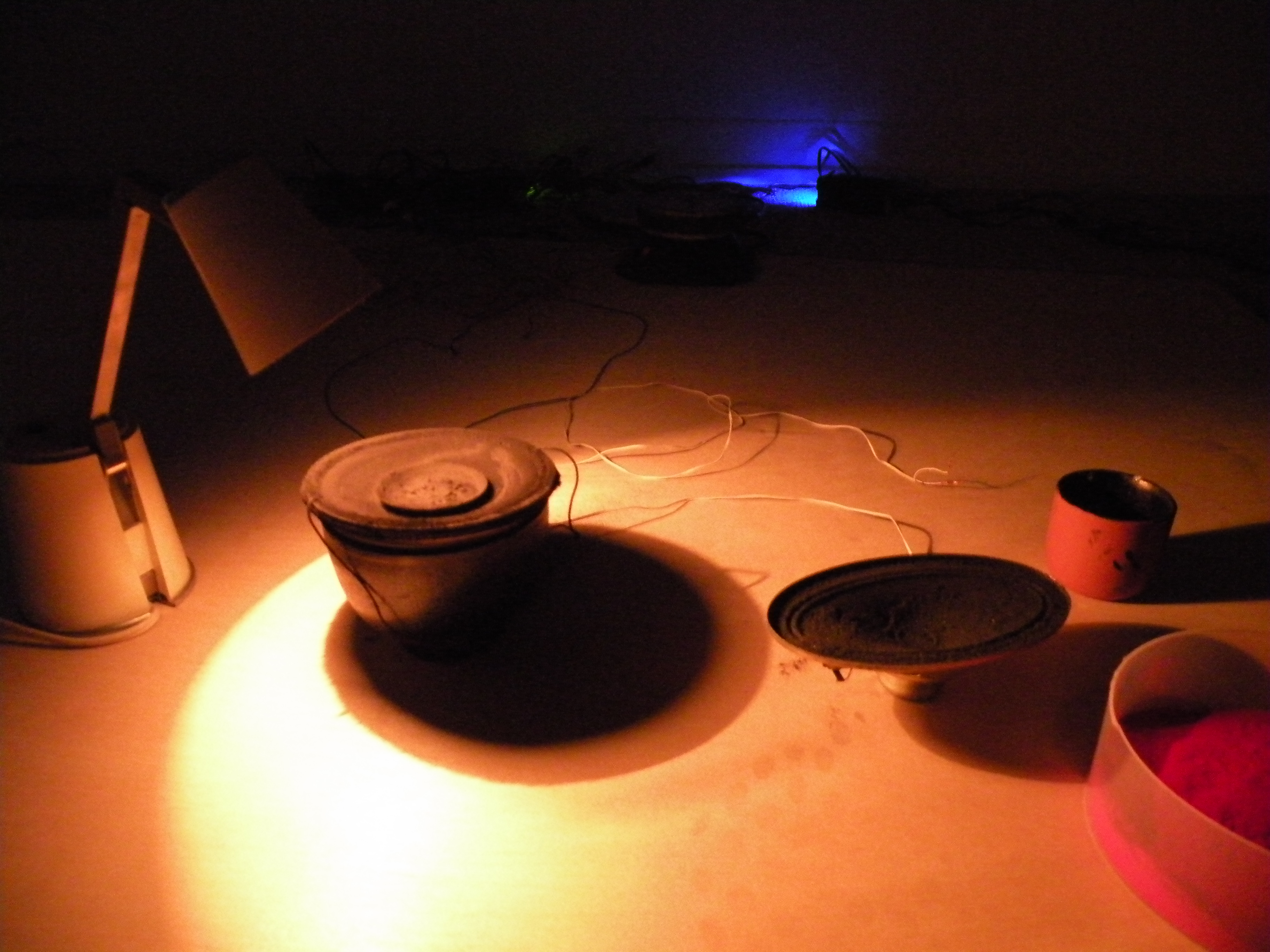


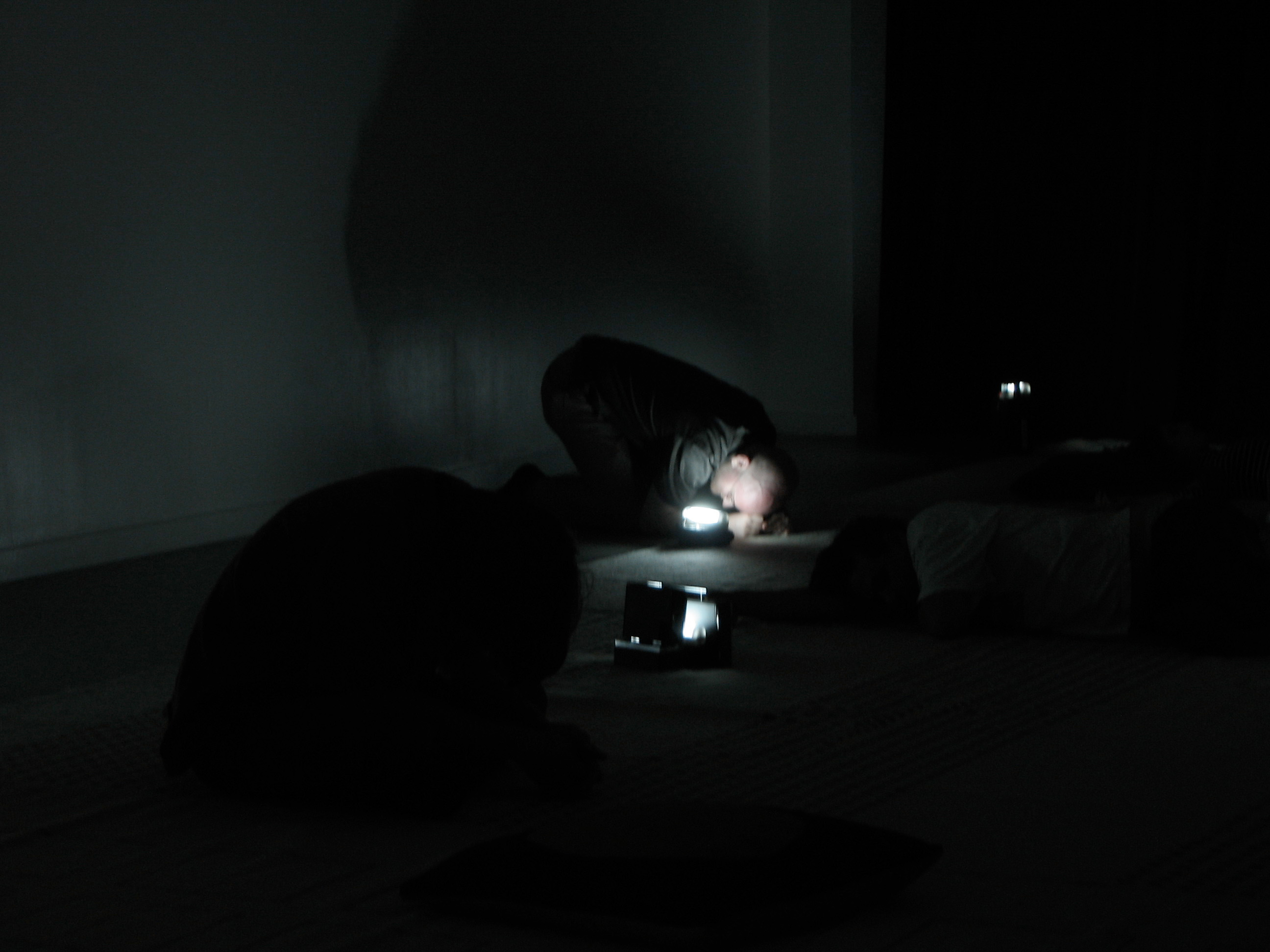
Sound art is a term that encompasses a lot of practices. My particular interest is in multi-channel installation work, often computer-generated rather than recorded.
Obviously, this work could also be called music and doesn’t fit some people’s idea of sound art as a sculptural, object-based, non-time-based form. In my experience, in the U.S.A., the term sound art is used with some ambivalence. For example, I was told by more than one practitioner of sound art that they used the term to, on the one hand, distance themselves from the more traditional associations people had with music and, on the other hand, to position their work as something potentially saleable in the art market.
For me, the idea of sound art begins when classical music no longer fits into the particular social and listening constraints of the concert hall. I would trace this back to Schoenberg and the advent of process composition as manifested in his first attempts at serial music, or even earlier, as in his opus 19 piano pieces, about which Schoenberg wrote that his goal was “complete liberation from form and symbols, cohesion and logic”. The various responses to the inappropriateness of the concert hall for the presentation of modern forms of music included seeking out or inventing new venues for its presentation. Diapason came very much out of this tradition of foregrounding the relationship between a music and its architectural setting and combined some of the features of the salon, the loft, the art gallery and the recording studio.
The range of work presented at Diapason encompassed the whole spectrum of approaches to sound art. I was not on a curatorial mission to define the term, rather to give creators a forum to present their work to an interested public. Still, for this paper, I have considered what some of the features of an “ideal” (and I use that word with hesitation) sound space would be, based on my preferences as noted above. Due to length constraints, these “suggestions” focus on architectural aspects as well as equipment, and don’t include funding-related, issues.
-
Outside sound should be controllable. It’s not always necessary to block outside sound, but it should be an option. There shouldn’t be a receptionist answering the phone, or even sitting in the listening space proper, since it’s immediately clear that this person isn’t actually listening and so becomes an element not connected to the work.
-
Works should be playable as loud as possible; there should be no fear of complaints from neighbors and sound systems should be able to handle extremes in volume, both loud and soft.
-
Equipment should be of the highest quality that the budget permits.
-
Budget permitting, there should be multiple rooms, sonically isolated from each other.
-
There should be a vestibule and areas for hanging out that are isolated from the presentation room(s). This gives listeners a chance to interact with the artists and each other.
-
Ambience and lighting should be fliexible. In general, lighting should be low so as to focus the body on listening; even a small variation in light towards the darker spectrum will immediately “perk up” the hearing sense.
-
The space should not have a “techy” look. Nothing disrupts the relationship with architectural space, which should be seamless, as much as seeing lots of high-tech looking speakers, cable chutes and foam acoustic panels on the walls, with Herman Miller-style office chairs located precisely in the middle of the room.
-
HVAC systems should be completely unobtrusive. It’s important that climate- wise, the space is comfortable.Too many DIY spaces become unbearably hot or cold.This should be a top consideration when choosing a space.
-
There should be no visual orientation, no “sweet spot”, but rather a sense of “all-overness”, a feeling of “surroundedness” without a physical center.The body should have a feeling of being a little lost, not in a threatening way, but in an exploratory way.This kind of bearing opens up the hearing mechanism, since hearing is the sense of awareness and discovery.
There is another approach to the sound gallery that is fairly common in places like Germany, with Singuhr as a good example. In this case the architectural space becomes a formidable element in its own right; spaces are sought out for their exceptionally long reverb times and their post-industrial look. And, of course, there are many non-dedicated spaces and locations to which sound artists respond, creating site-specific sound pieces.
In the case of the gallery concept I’ve described, it’s clear that there is a fairly specific kind of work suitable for presentation in such a space. This work would have some of the following aspects:
-
Process-based, non-linear, open form, algorithmic.
-
If multi-channel, point-source. The multichannel-ness of the work should be based on the idea of saturating space or creating points in space, working with and within the existing architecture, not recreating another space, as in the ambisonic or other “surround” approaches. I have found that works like this (point-source) are highly adaptable to a variety of spaces; they are not “site specific” simply because they were created in or for a particular room. Diapason has an extensive archive of point-source pieces that I’ve presented in many different settings.
-
Non-object based, unless these be intrinsic to the sonics of the work. These might include specific or specifically treated speakers, sound-producing devices, reflectors, resonators, containers, etc.
-
Not performative.
-
Not “interactive” (in the sense of the audience having to do something other than listen).
Though certainly a subgenre, in my experience works with the above-described characteristics hold an important place in the general output of sound art. In any case, it is for these works that a dedicated space, with the above-described characteristics, is most essential, since “found” spaces are plentiful and, by definition, non-standardizable.
There is a cultural bias that music is a means to an end, the end being to affect mood, induce bodily movement, or accompany some kind of social experience. Rarely is music heard as an end in itself,“appreciated” for its internal structure.A painting, on the other hand, is generally, in our culture, seen as a self-contained, complete “thing”, existing apart from and irrespective of the person looking at it. The viewer doesn’t feel she is completing the painting by responding to it emotionally, whereas, with music, if it doesn’t elicit a very specific emotional response (depending on its genre), it is considered lacking.
Visitors to Diapason had a noticeable engagement, on the structural level, with the aural phenomena that constituted the works presented.The small details of our presentations - low lighting, excellent but unobtrusive sound systems, sonic isolation - put visitors “on notice”, the moment they stepped into the space, that they were there to listen.This subtle shift of focus towards aurality was the most important goal I had in founding the gallery.
